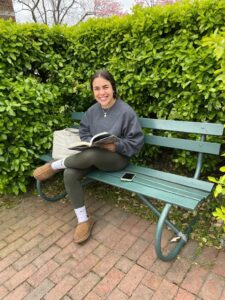How do you view—and encourage—collaborative learning among students?
Among the group-work exercises I use with younger students is one where everyone has to be “knee-to-knee and eyeball-to-eyeball.”
No one in the group may ask me a question unless everyone in the group has the same question. So many times I’d get called over to a group to answer a question from one student when another student hadn’t heard the question and yet another had the answer. It takes practice to instill the right habits, but it’s impressive what students can do when they free themselves from reliance on teachers.
George School teachers see cultivation of teamwork, community building, and leadership skills as valuable goals—not just positive side effects—because much of the work in the professional world, as well as in college, is done collaboratively.
Our students have opportunities to learn about their strengths and weaknesses in relation to others and how they can best contribute to a group goal. For many, it also provides leadership opportunities as they discover how to bring out others’ potential. It is impressive what students can do when they become more actively engaged in their learning.
More about Scott:
Scott joined George School in 1992. Now the Associate Head of School, Scott previously served as the Dean of Faculty and Director of Studies and also taught history classes. He received a BA from Colgate University and a master’s degree in international affairs from Columbia University. In addition, he attended the Pushkin Institute in Moscow. Scott enjoys spending time with his family, preferably on the ski slopes or a lake, kayaking, canoeing, fishing, and swimming in Maine. He’s also crazy about lacrosse and reads as much history as he can, especially if it has to do with Russia and/or the former Soviet Union.

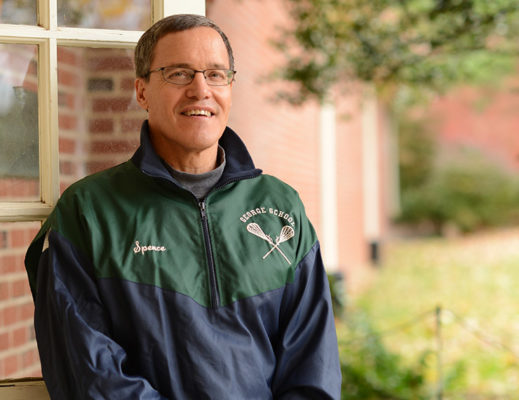
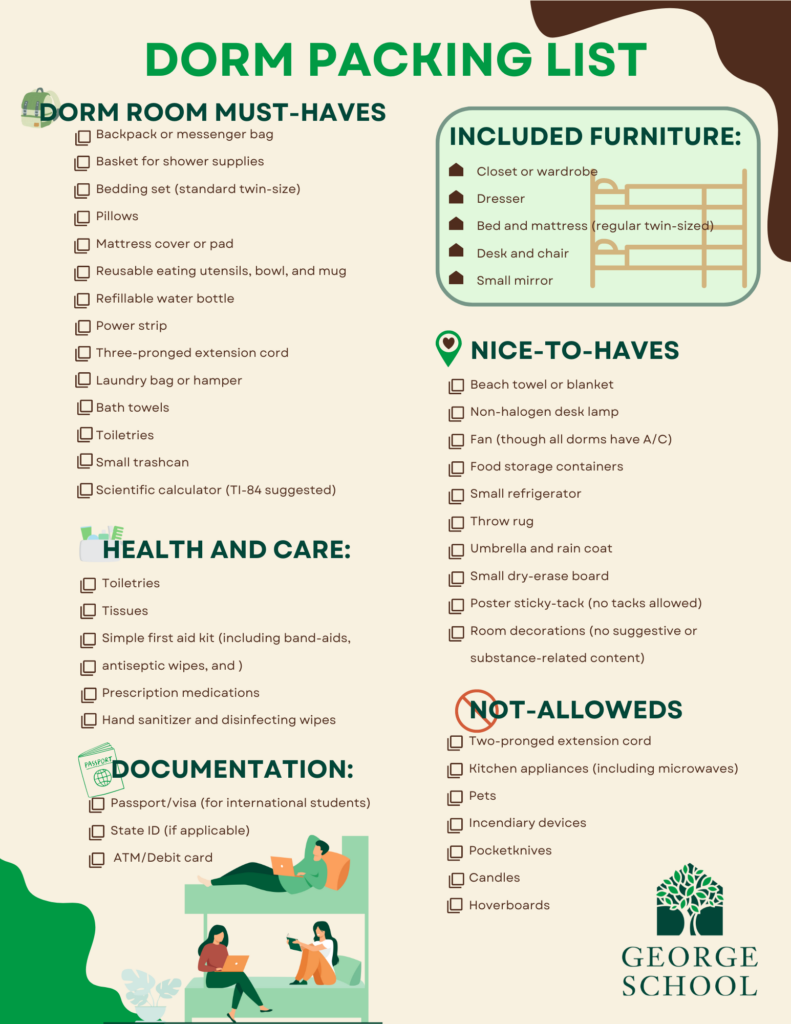
 Joellen Paget Gillon (2015)
Joellen Paget Gillon (2015) Caroline Hedde (2019)
Caroline Hedde (2019)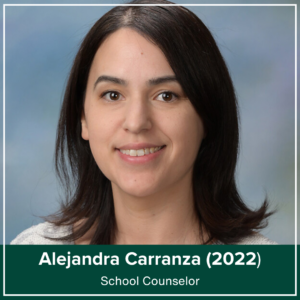 Alejandra Carranza (2022)
Alejandra Carranza (2022) Dr. Mariam Mahmud (2020)
Dr. Mariam Mahmud (2020) Indira Rodrigo (2008)
Indira Rodrigo (2008)



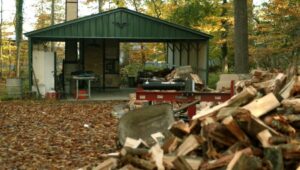

 Monastir, Tunisia, and Amman, Jordan
Monastir, Tunisia, and Amman, Jordan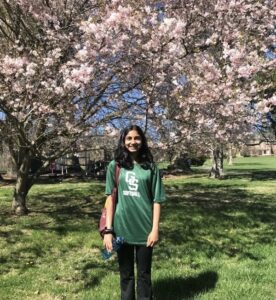 Irvine, CA
Irvine, CA Feasterville-Trevose, PA
Feasterville-Trevose, PA New Hope, PA (Previously NYC)
New Hope, PA (Previously NYC)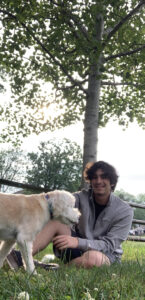 Richboro, PA
Richboro, PA Englewood, NJ
Englewood, NJ Ningbo, Zhejiang, China
Ningbo, Zhejiang, China Willingboro, NJ
Willingboro, NJ Yardley, PA
Yardley, PA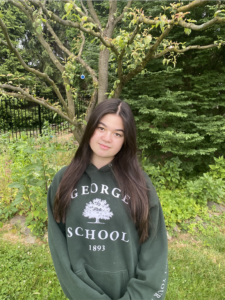 Newtown, PA
Newtown, PA Holicong, PA
Holicong, PA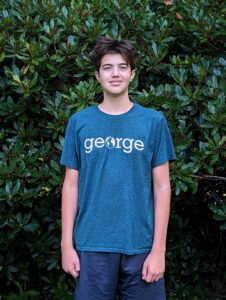 Newtown, PA
Newtown, PA Hamilton, NJ
Hamilton, NJ Yardley, PA
Yardley, PA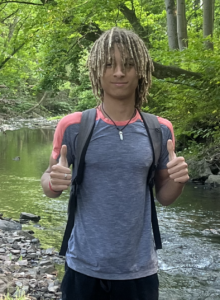 Lambertville, NJ
Lambertville, NJ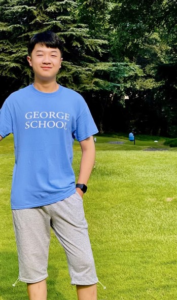 Chongqing, China
Chongqing, China Pennington, NJ
Pennington, NJ Yardley, PA
Yardley, PA Bensalem, PA
Bensalem, PA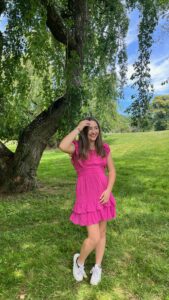 Borgota, Colombia
Borgota, Colombia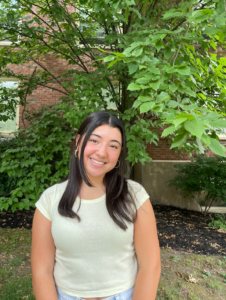 Newtown, PA
Newtown, PA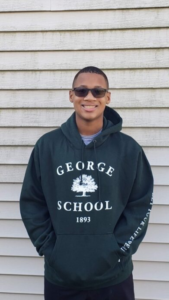 Burlington, NJ
Burlington, NJ Langhorne, PA
Langhorne, PA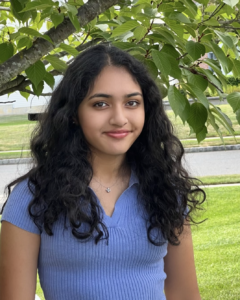 Princeton, NJ
Princeton, NJ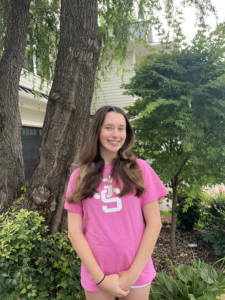 Langhorne, PA
Langhorne, PA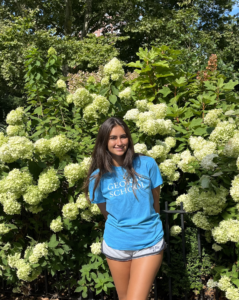 New York City, NY
New York City, NY New Hope, PA
New Hope, PA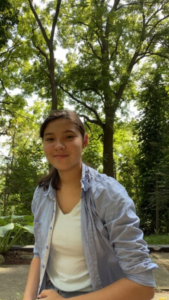 St. Catharines, Ontario, Canada
St. Catharines, Ontario, Canada Providenciales, Turks and Caicos Islands
Providenciales, Turks and Caicos Islands Willingboro, NJ
Willingboro, NJ Princeton, NJ
Princeton, NJ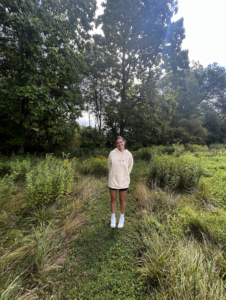
 Newark, NJ
Newark, NJ Trenton, NJ
Trenton, NJ Newtown, PA
Newtown, PA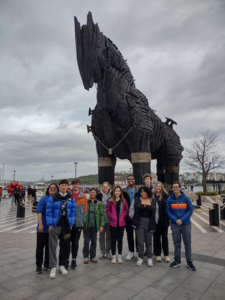
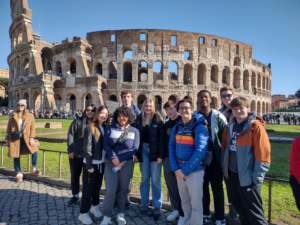
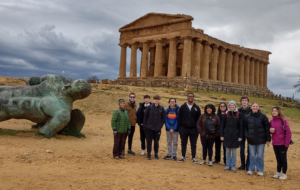

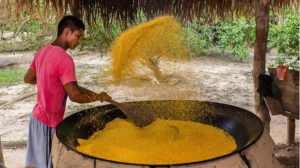


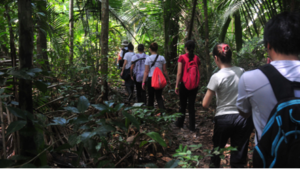
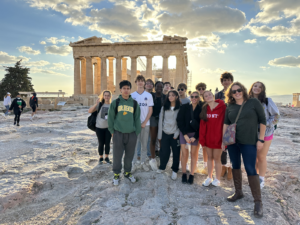
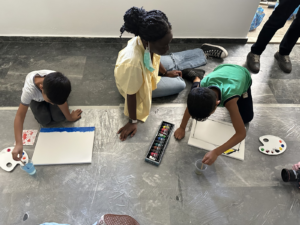
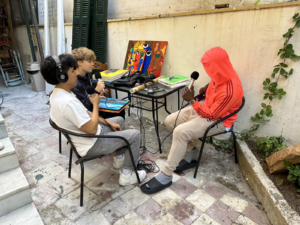

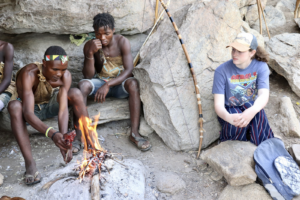
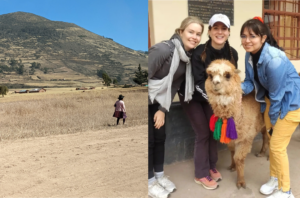
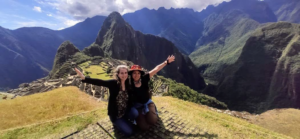
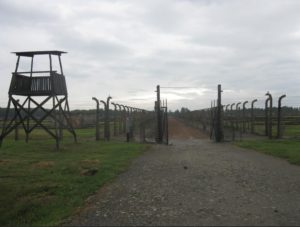
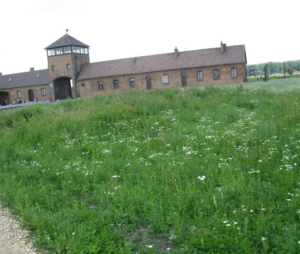

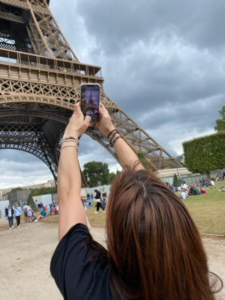
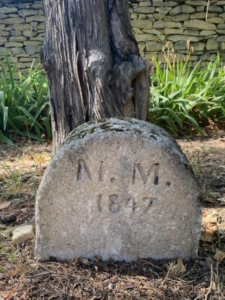
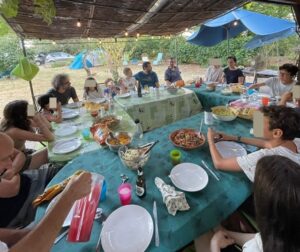
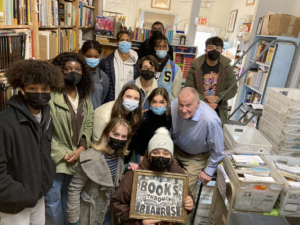
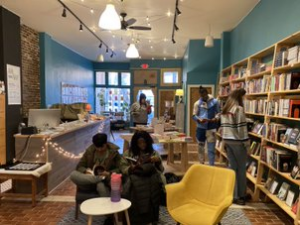
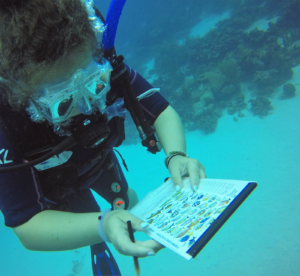
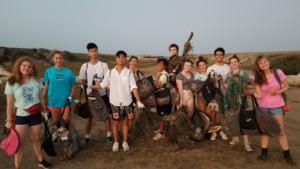
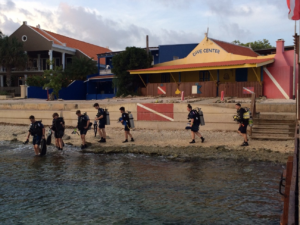
 Lawrence, NJ
Lawrence, NJ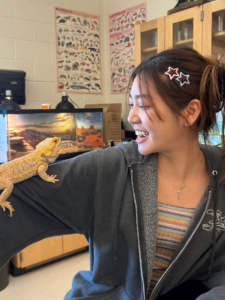 Seoul, South Korea
Seoul, South Korea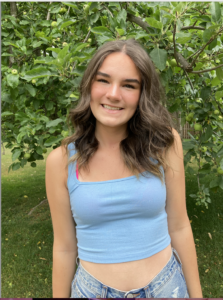
 Milwaukee, Wisconsin
Milwaukee, Wisconsin Pennington, NJ
Pennington, NJ Jenkintown, PA
Jenkintown, PA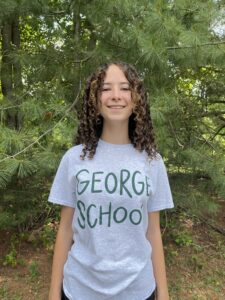 Ottsville, PA
Ottsville, PA Yardley, PA
Yardley, PA Providenciales, Turks and Caicos Islands
Providenciales, Turks and Caicos Islands Hopewell, NJ
Hopewell, NJ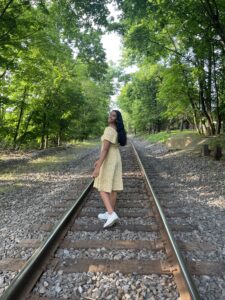
 Pottstown, PA
Pottstown, PA Playa del Carmen, Quintana Roo, México
Playa del Carmen, Quintana Roo, México Shanghai, China
Shanghai, China Beijing, China
Beijing, China Yardley, PA
Yardley, PA Beijing, China
Beijing, China Holland, PA
Holland, PA Langhorne, PA
Langhorne, PA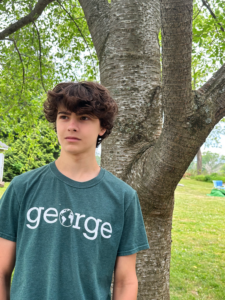 Ringoes, NJ
Ringoes, NJ New Hope, PA
New Hope, PA Dreshner, PA
Dreshner, PA Yardley, PA
Yardley, PA Yardley, PA
Yardley, PA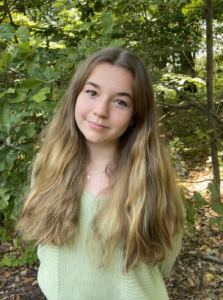 PA
PA


 Xi’an, China
Xi’an, China
